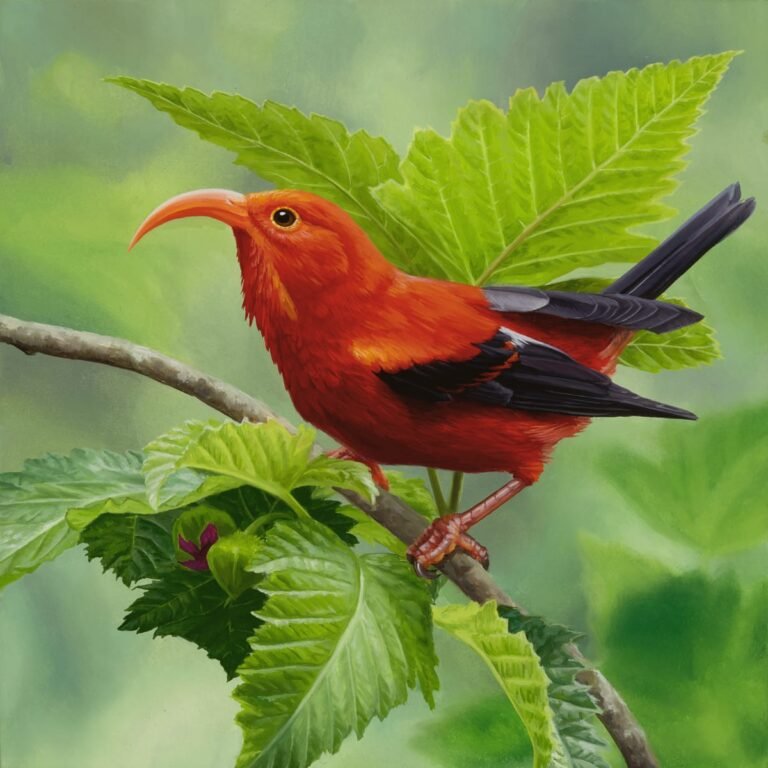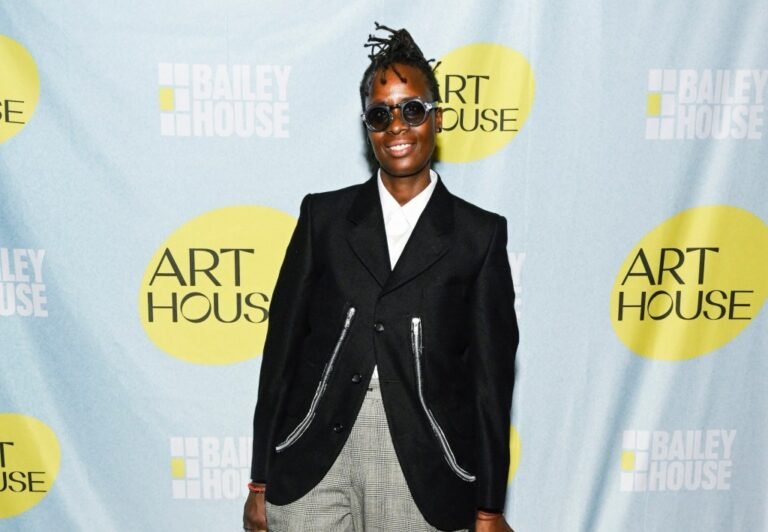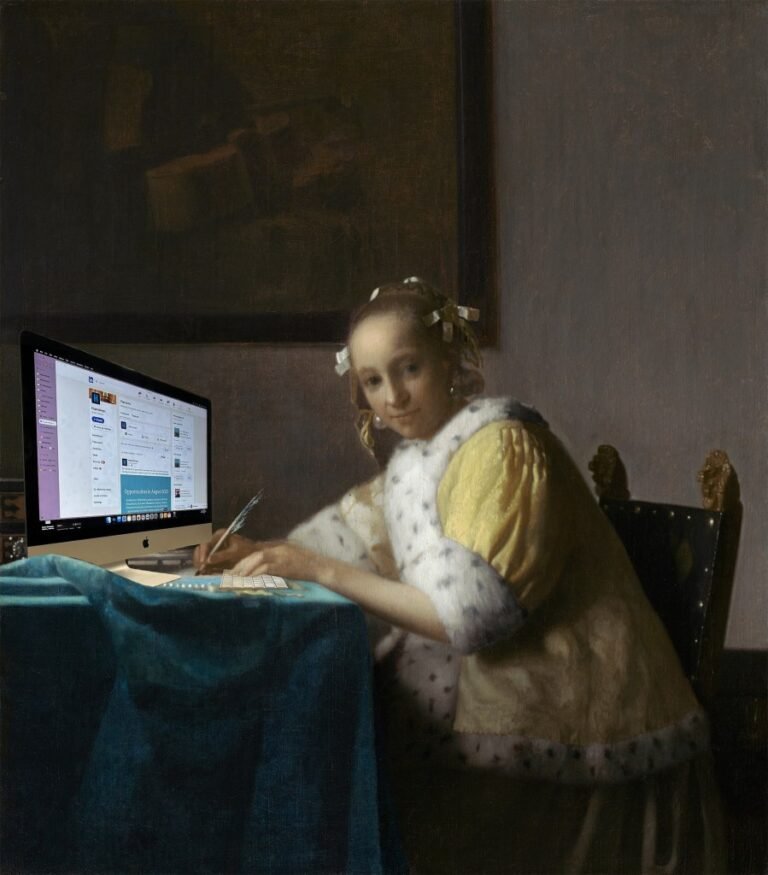

Four thousand years ago, the Bronze Age in China began. Over the next centuries, as the region around the Yellow River became the seat of military and political power, bronze sculptures were created for graves and rituals; as weapons and money; and to emphasize the legitimacy, status, and wealth of the dynasty leaders. Around a millennium ago, in 1100, Emperor Huizong of the Song dynasty rediscovered evidence of these vessels, launching a revival of bronze casting and a movement to reclaim the virtues of the past, much like the Renaissance’s rediscovery of Classical values in the West. But while we hold the Renaissance as a golden age in its own right, and not simply a pale copy of the Greco-Roman ideals that inspired it, this second-wave production of Chinese bronzes is often dismissed as producing mere copies or even forgeries.
Recasting the Past: The Art of Chinese Bronzes, 1100–1900 at the Metropolitan Museum of Art aims to recover the artistic value of these later bronzes via objects drawn from the museum’s collection and loans from collections in Europe and Asia, as well as painting, calligraphy, ceramics, lacquer, and jade works that supplement this mostly chronological narrative. With objects that are, by turns, awe-inspiring and charming, the exhibition effectively takes us through the Yuan dynasty’s bronze innovations, the reappropriation of bronzes by the Jurchen-led Jin dynasty, the export of these objects for use in medieval Japanese tea ceremonies, the exquisite craftsmanship of Ming dynasty bronzes, and more. Sometimes, however, the show falls into its own trap — emphasizing the uniqueness of certain objects as if to bolster the exhibition’s importance, while in effect dismissing other objects as copies or cheap imitations, despite its stated aim of redeeming such works.

Recasting the Past acknowledges where objects’ form or ornamentation closely follows archaic models, but the curators dedicate more energy to showcasing where 12th-to-19th-century works recombined elements from antiquarian bronzes and contemporary trends. A wall label explains that two Song-era (960–1279) ritual incense burners are modeled on ancient wine warmers, but are smaller, reflecting their adaptation for incense rather than wine. One of them is glazed in the pale blue of Ru ware, one of the most iconic (and rare) colors in Chinese ceramics, and an innovation specific to the Song dynasty.
Elsewhere, there’s a 14th-century water dropper shaped like a three-legged toad; a 17th-century brush pot shaped like a tree trunk; and a mirror stand in the shape of a legendary moon-dwelling rabbit, allowing the viewer to gaze in the mirror above and imagine herself as his iconic companion, the moon goddess. Works like these make an exhibition steeped in history and occasionally specialized terminology — wall texts allude to “iron damascening,” “elongated lappets,” “cloisonné,” and “champlevé” — playful as well as rewarding.

One unresolved tension here is the fundamental incommensurability between the contemporary concept of the museum, which typically prizes the unique object with an identifiable maker, with a Chinese tradition in which copying held a very different and respected connotation until at least the 20th century. The 6th-century historian Xie He, for instance, codified “transmission by copying” as one of the six principles of Chinese painting, while Yuan-dynasty (1271–1368) philosopher Zhao Mengfu opined that copying the great artworks of the past guarantees the organic continuation of culture. In workshops producing bronzes and ceramics, names were engraved as quality control, rather than to mark a specific object as the work of an individual artist. (Interestingly, this divide is younger than one might expect; early American museums were filled with handmade copies of European artworks.)
In this exhibition, although some examples of matched sets of writing utensils for imperial courts display a mark indicating that they are “imitating [an] antique,” the label clarifies that they “bear little resemblance to ancient works.” Two of the most incredible pieces in the show come toward the middle: two goosefeet lamps (exactly what it sounds like — lamps shaped like the feet of goose) dating to the 30s BCE, alongside copies dating to the 1800s. The wall text tells us that it was commissioned by “one of the most famous antiquarians and antique dealers of the time,” but takes pains to emphasize that its inscription “makes clear it was created as an artistic homage rather than as a forgery.” What makes something an “homage” rather than a “forgery”? Were the many works emulating ancient bronzes that Emperor Huizong commissioned “forgeries”? In applying a contemporary hierarchy of art objects to a tradition with different values, this exhibition is indeed recasting the past.














Recasting the Past: The Art of Chinese Bronzes, 1100–1900 continues at the Metropolitan Museum of Art (5000 Fifth Avenue, Upper East Side, Manhattan) through September 28. The exhibition was curated by Pengliang Lu.






